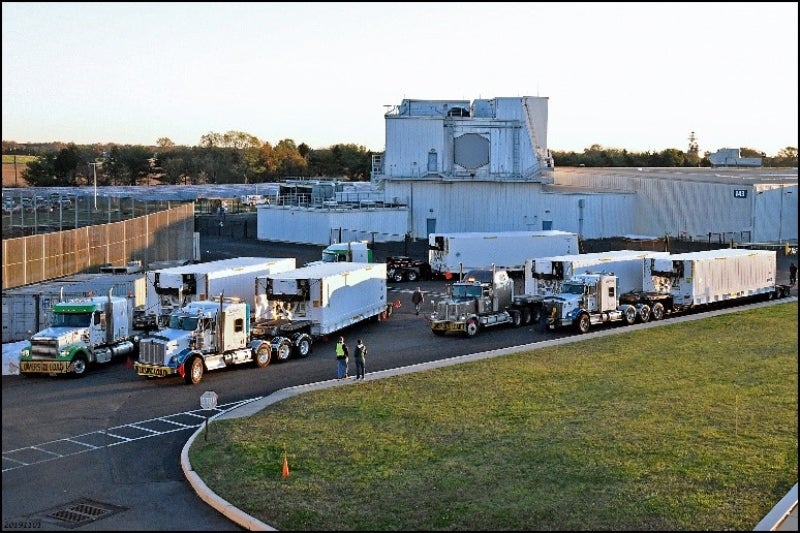
The US Missile Defense Agency (MDA) has received the first ten radar antenna panels for the Long Range Discrimination Radar (LRDR) programme.
Lockheed Martin has delivered ten of the 20 panels that will be shipped to the Clear Air Force Station in Alaska, US.

Discover B2B Marketing That Performs
Combine business intelligence and editorial excellence to reach engaged professionals across 36 leading media platforms.
The 27ft-tall panels will make up the radar’s two antenna faces, both approximately four stories high and wide.
Under the LRDR programme, Lockheed Martin is expected to deliver the radar this year.
The first of the ten panels was delivered in August last year. Activities such as integration and fixing of the radar system commenced in 2019.
Following the completion of installation and integration, the radar will be put through testing.

US Tariffs are shifting - will you react or anticipate?
Don’t let policy changes catch you off guard. Stay proactive with real-time data and expert analysis.
By GlobalDataTo avoid any delays in installing the panels, temporary structures have been put together in front of the radar facility.
Built upon S-Band radar technology, the LRDR programme will support the MDA’s layered Ballistic Missile Defense System.
The midcourse tracking radar will be capable of identifying ballistic missiles early in flight.
Consisting of a solid-state, active electronically scanned antenna, the ground-based radar operates in the S-band frequency and will use gallium nitride (GaN) technology.
Testing of more than 66% of the LRDR programme technical requirements has already been completed. The verification was carried out at Lockheed Martin’s Solid State Radar Integration Site (SSRIS).
Lockheed Martin Missile Defense and Space Surveillance Radar programmes director Chandra Marshall said: “We are confident in our product because of the extensive testing that we have been able to perform in the SSRIS over the past few years with production hardware and tactical software.
“We have successfully reduced a large amount of risk to ensure fielding of this critical capability on schedule in 2020.”
Additionally, the LRDR technology in scaled versions will support future radar programmes such as Aegis Ashore Japan, AN/SPY-7(V)1, Spain’s F-110 Frigate programme and Canadian Surface Combatant.
LRDR has already achieved Technical Readiness Level 7.
The contract was awarded to Lockheed Martin in October 2015.





